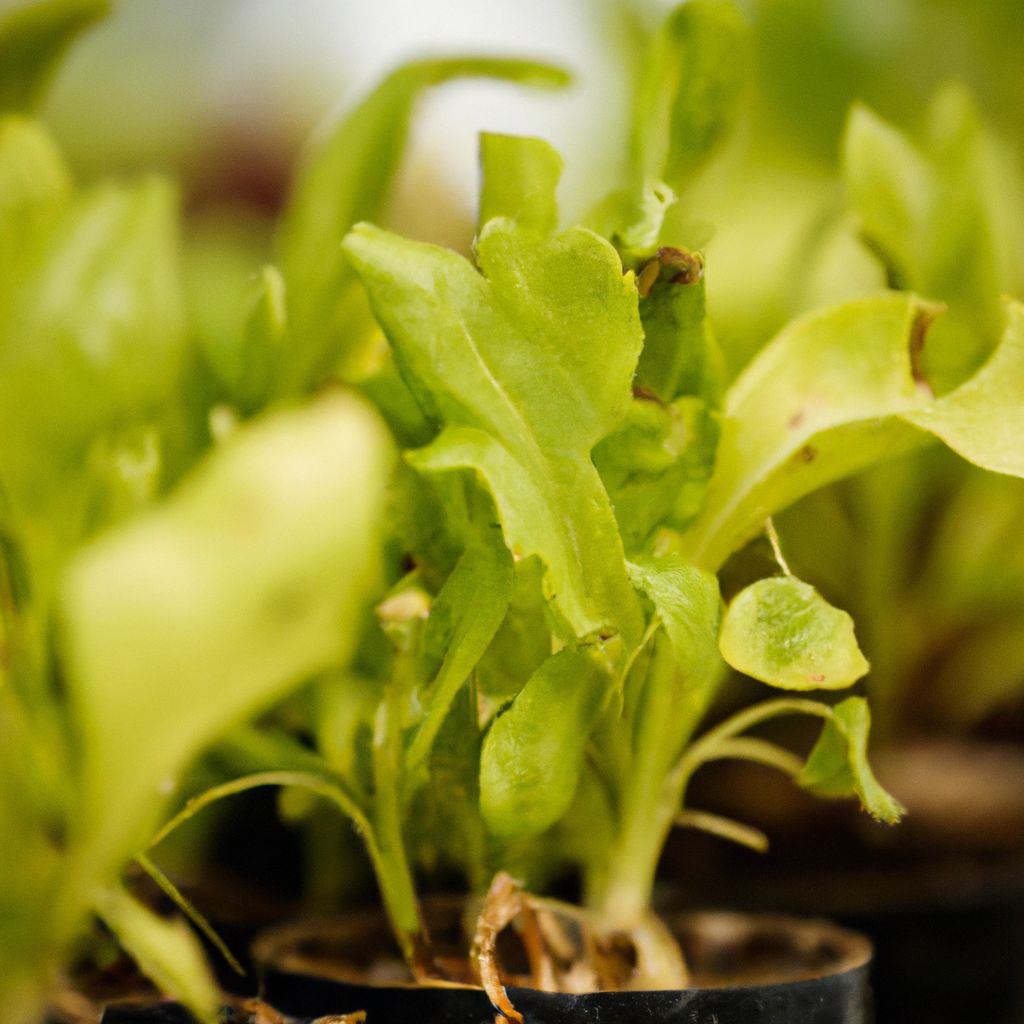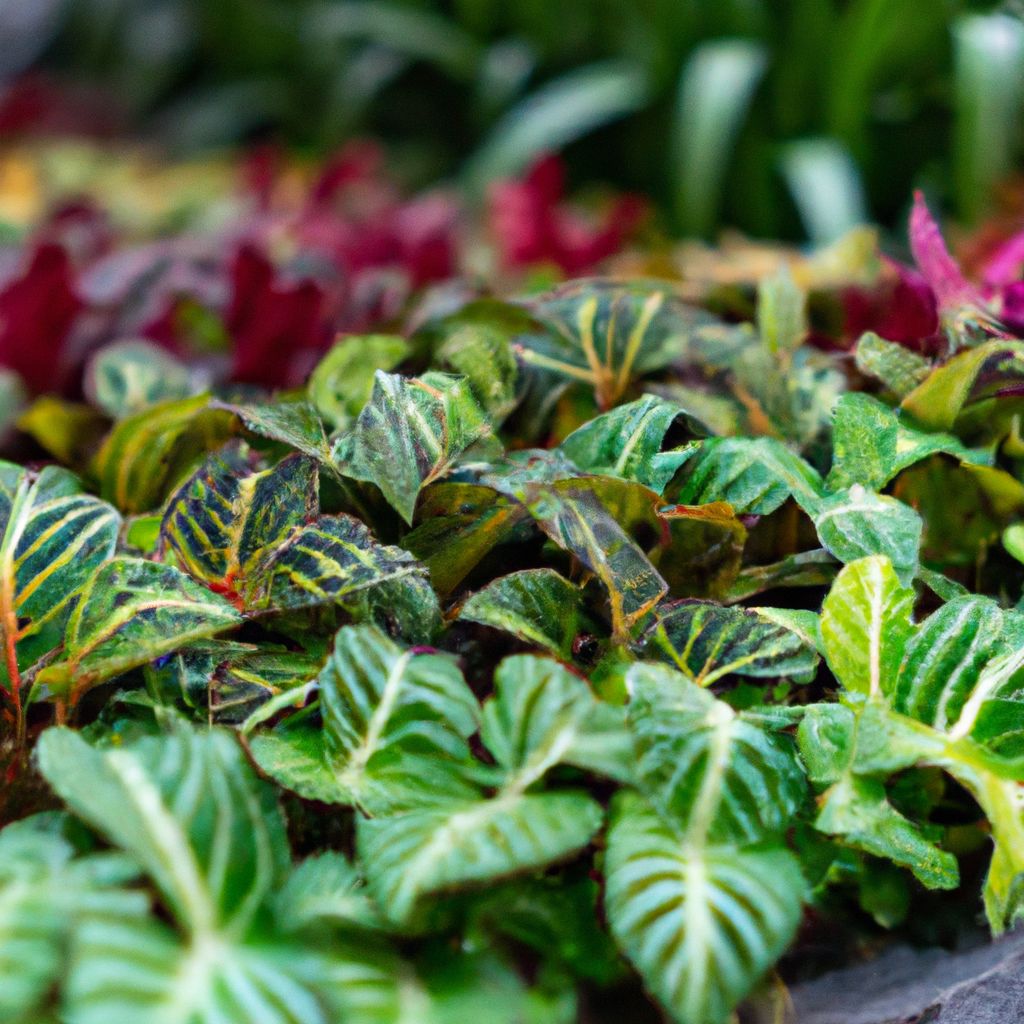Composting is one of the most beneficial practices a home gardener can adopt. The nutrient-dense, organic matter produced from compost provides immense value for growing crops. Incorporating quality compost into your garden soil is key to establishing healthy plants, improving yields, and nourishing your backyard ecosystem.
Unlocking the Power of Compost for Home Crops

Compost enhances soil health in a number of important ways:
- It improves soil structure and texture, creating a loose, crumbly environment ideal for plant growth.
- The organic matter in compost holds onto essential nutrients like nitrogen, phosphorus, and potassium and releases them slowly over time.
- Compost increases the soil’s ability to retain moisture, reducing watering needs.
- It helps suppress weed growth and breaks down to provide a natural source of nutrients.
- The beneficial microorganisms in compost attract earthworms, beetles, and other helpful organisms.
The Many Benefits of Compost for Home Crops
When used properly, compost offers a wide range of benefits that can greatly improve the health and productivity of home crops:
- Improved soil fertility – Compost adds organic matter and essential nutrients like nitrogen, phosphorus, and potassium that plants need to thrive. It supports overall soil fertility.
- Increased nutrient availability – As compost breaks down, nutrients are slowly released over time. This provides a steady supply of nutrients accessible to plant roots.
- Enhanced moisture retention – The organic matter in compost acts like a sponge, holding onto water and reducing the need for frequent watering.
- Promotion of healthy root systems – The loose, crumbly texture created by compost allows for excellent development of plant roots.
- Suppression of plant diseases – Compost supports populations of beneficial microorganisms that can supress soil-borne diseases.
- Attraction of beneficial insects – Compost attracts earthworms, beetles, and other organisms that benefit the garden ecosystem.
- Improved fruit/vegetable yields – The balanced nutrition provided by compost leads to higher yields of fruits, vegetables, and herbs.
- Reduced need for fertilizers – Regular compost application can decrease or eliminate the need for chemical fertilizers.
- Sustainable soil management – Composting is a sustainable method for improving soil quality while recycling organic waste.
The Role of Compost in Soil Fertility
Compost plays a crucial role in improving overall soil fertility and health:
- It adds organic matter that enriches soil structure and creates an optimal environment for plants.
- Compost improves soil’s ability to hold and release essential nutrients like nitrogen, phosphorus, and potassium.
- The microbial activity in compost releases nutrients slowly over time, reducing the risk of nutrient imbalance.
- Compost encourages populations of beneficial soil microorganisms that support healthy plant growth.
- It contains macro and micronutrients that provide a natural, balanced fertilizer for plants.
- Compost enhances nutrient cycling and decomposition of organic materials by soil organisms.
Applying 1-2 inches of quality compost to garden beds before planting is recommended to maximize soil fertility benefits.
Composting Methods for the Home Gardener
Several methods of composting are available to home gardeners, each with their own processes and benefits:
Hot Composting
This efficient option involves managing ingredients and temperatures to quickly produce finished compost. Monitoring the compost pile and turning it regularly is key.
- Produces finished compost in 4-6 weeks
- Requires active management of pile
- Generates temperatures between 120°-150°F
- Requires frequent turning for aeration
- Ideal for experienced composters
Cold Composting
This slower method involves simply piling organic materials and allowing them to break down over several months. Less labor intensive than hot composting.
- Finished in 6-12 months
- Requires little maintenance
- Pile temperatures stay under 120°F
- Turning pile occasionally recommended
- Easy, beginner-friendly option
Vermicomposting

Red wiggler worms efficiently break down organic waste into a nutrient-dense compost. Maintaining proper moisture and food for the worm bin is simple.
- Produces compost in 2-3 months
- Can be done year-round
- Requires worm-friendly environment
- Avoid disruptive turning of bin
- Great for small, urban spaces
Green Manure Composting
Growing cover crops like clover or alfalfa then chopping and mixing the plants into soil is an easy in-place composting method.
- Cover crops grown in unused beds
- Chopped greens tilled into soil before planting
- Provides organic matter as it decomposes
- Choose cover crops suitable for your climate
- Enhances soil without dedicating space for compost
Crafting Quality Compost

Follow these guidelines for creating compost that effectively nourishes your garden:
Selecting an Appropriate Site
- Choose an easily accessible spot near your garden beds for convenience.
- Select a well-draining area – excess moisture inhibits decomposition.
- Ensure adequate sun exposure to facilitate composting.
- Place near a water source for moisture maintenance.
- Allow sufficient space for composting system – minimum 3×3 feet recommended.
Gathering the Right Ingredients
- Collect a variety of green and brown organic materials like leaves, food scraps, grass clippings.
- Gather materials from sustainable, chemical-free sources.
- Chop or shred large pieces to maximize surface area for decomposition.
- Avoid diseased plants, invasive weeds, vertebrate feces, and meat/dairy.
Maintaining Proper Conditions
- Monitor moisture levels and water pile as needed to maintain dampness.
- Turn or aerate pile regularly to encourage decomposition.
- Manage the carbon-to-nitrogen ratio – aim for 2:1 to 5:1.
- Watch temperatures – optimal range is 120°-150°F.
- Allow finished compost to fully cure for 2-4 weeks before using.
Troubleshooting Common Issues
| Problem | Solution |
|---|---|
| Foul odors | Turn pile to aerate, add brown matter |
| Slow decomposition | Mix in nitrogen-rich greens, check moisture |
| High temperatures | Turn pile to release heat, monitor nutrients |
| Pests | Eliminate food scraps/waste, cover pile |
| Excess moisture | Add brown matter like leaves or sawdust |
Testing Compost Maturity
Mature compost should exhibit:
- Dark brown, crumbly, soil-like texture
- Earthy, woodsy smell
- No identifiable food scraps or debris
- Finished curing period
Applying Compost for Healthy Crops

Once your compost is fully prepared, incorporate it into garden beds using these tips:
Preparing Soil for Compost Application
- Clear any weeds, rocks, or debris from the garden bed area.
- Use a garden fork or tiller to loosen the top 6-12 inches of soil.
- Add a base layer of compost or organic matter before planting.
- Ensure proper soil pH and nutrients through testing.
- Allow soil to absorb rainfall or irrigation before planting.
Determining Application Rates
- 1-3 inches of compost is typical, but soil needs vary.
- Less compost is needed for established plants vs new plantings.
- Nutrient-demanding plants like tomatoes benefit from more compost.
- Heavy clay or sandy soils require more compost to improve texture.
- Replenish compost annually or as indicated by soil testing.
Application Timing and Techniques
When to Apply
- Incorporate before planting crops.
- Side-dress around existing plants in spring or fall.
- Mulch beds with thin compost layer in summer to retain moisture.
How to Apply
- Spread compost evenly across prepared beds.
- Gently mix into top 3-6 inches to integrate into soil.
- Avoid placing compost against plant stems or trunks.
- Water thoroughly after application to settle into soil.
Maximizing the Benefits of Compost
With proper production and use, compost offers immense benefits for home food crops:
Matching Compost to Crops
| Crop | Compost Benefits |
|---|---|
| Fruit trees | Promotes flower/fruit production |
| Leafy greens | Provides abundant nitrogen for growth |
| Root crops | Improves soil structure for uniform roots |
| Legumes | Enhances nutrient availability for nitrogen fixation |
| Herbs | Fosters strong aromas and plant immunity |
Incorporating Compost Into Crop Rotations
- Designate compost application areas in crop rotation schedule.
- Prepare soil and apply fresh compost before planting each new crop.
- Vary compost amounts based on specific crop needs.
- Continual compost additions improve long-term soil health.
Combining with Organic Fertilizers
| Organic Fertilizer | Key Nutrients | Benefits |
|---|---|---|
| Alfalfa meal | Nitrogen, vitamins | Promotes foliage growth |
| Kelp meal | Potassium, micronutrients | Enhances root growth, plant immunity |
| Bone meal | Phosphorus | Supports root, flower, and fruit development |
Further Uses for Mature Compost
- Compost tea – Foliar sprays provide nutrient boost
- Potting mix – Provides moisture and nutrients for containers
- Mulch – Smother weeds, retain soil moisture
- Pest deterrent – Repel slugs and insects from garden beds
- Soil inoculant – Introduce beneficial organisms
- Compost blankets – Stabilize and enrich disturbed soil areas
Maintaining a Sustainable Compost System

Consistent, effective composting relies on several key factors:
Allowing Compost to Fully Mature
- Test compost maturity through appearance, smell, texture.
- Finish initial curing period – approximately 4 weeks after pile construction.
- Avoid using unfinished compost which can pull nitrogen from soil.
- Mature compost enhances soil health without adverse effects.
Continuous Compost Production
- Have multiple compost piles or bins at different stages of decomposition.
- Establish a rotation schedule for building and maintaining piles.
- Replenish spent piles with new materials as finished compost is harvested.
Troubleshooting Small Space Composting
| Issue | Solution |
|---|---|
| Limited outdoor area | Use enclosed compost bins, tumblers |
| Lack of yard waste | Substitute dried leaves, paper, straw |
| Restrictive HOA rules | Utilize indoor vermicomposting |
| Insufficient air flow | Turn pile frequently, use rigid containment |
| Trouble controlling pile heat | Opt for slower cold composting method |
Key Takeaways on Home Composting
- Quality compost significantly enhances soil health and crop yields.
- Multiple methods work for home composting – choose one that fits your needs and resources.
- With proper ingredients and conditions, producing excellent compost is achievable.
- Applying and incorporating compost properly ensures plants reap the full benefits.
- Compost can be used in many different ways to maximize its advantages for your garden.
- Maintaining a sustainable, effective composting system relies on consistency and diligence over time.
The bottom line? Compost is black gold for home food crops. Follow these steps and guidance to unlock its full potential in your garden!
















































